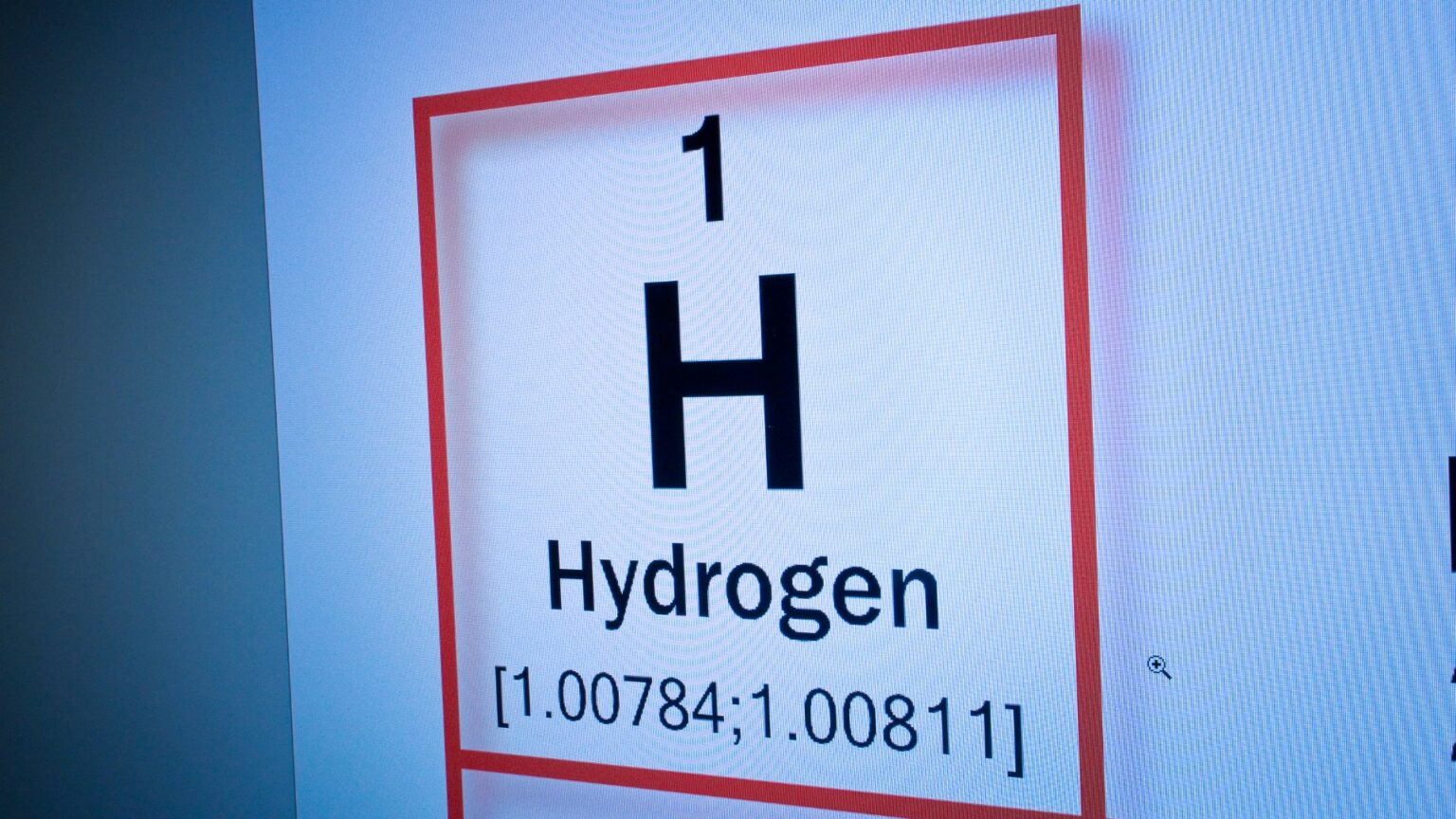Researchers at Tohoku University in Japan have made significant strides in the hydrogen energy sector by developing a data-driven model to predict barriers related to dehydrogenation in magnesium hydride, a promising material for solid-state hydrogen storage.
This development is poised to accelerate the advancement of high-performance hydrogen storage solutions, crucial for the transition to cleaner energy systems.
Solid-state hydrogen storage involves binding hydrogen gas to a metal hydride under moderate heat and pressure. Magnesium hydride is particularly attractive for this purpose due to its high capacity and natural abundance. However, the efficiency of hydrogen storage is largely determined by the energy barriers associated with dehydrogenation—the process of releasing hydrogen from the hydride.
Traditional methods for calculating these energy barriers are computationally intensive and complex. The new model developed by Tohoku University researchers circumvents these challenges by using easily computable parameters within a physics-based framework. This innovative approach captures the essential chemistry involved with significantly less computation compared to conventional transition state search methods.
The model’s predictions have been validated against experimental measurements, offering clear guidelines to enhance the performance of magnesium hydride to meet the U.S. Department of Energy (DOE) targets. The DOE aims for onboard hydrogen storage systems in vehicles that can hold 5.5% of their weight in hydrogen and store 0.04 kilograms of hydrogen per liter of volume by 2025. Meeting these targets is crucial for the practical implementation of hydrogen fuel in the transportation sector.
The researchers at Tohoku University plan to extend their model to other metal hydrides. This expansion could lead to the discovery and optimization of new composite materials for hydrogen storage, furthering the potential for cleaner and more efficient energy systems.
While the development of this model represents a significant step forward, it is important to place it within the broader context of the hydrogen energy sector. The progress in hydrogen storage technologies is critical, but it must be accompanied by advancements in production, distribution, and infrastructure to realize the full potential of hydrogen as a clean energy source.
Globally, initiatives are being taken to promote hydrogen as a sustainable energy source. For example, India’s Ministry of New and Renewable Energy recently launched pilot projects to test the viability of using green hydrogen and its derivatives in the shipping and steel sectors. These efforts highlight the international drive towards incorporating hydrogen into various industries, underlining the importance of advancements like those from Tohoku University.
